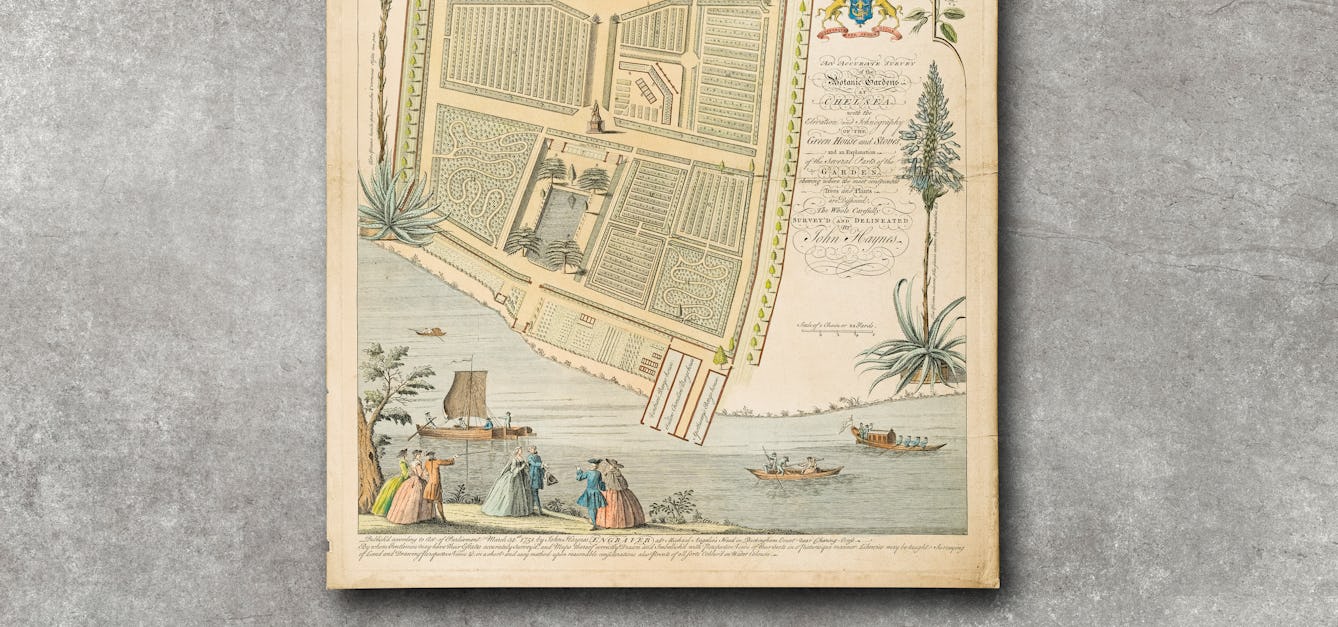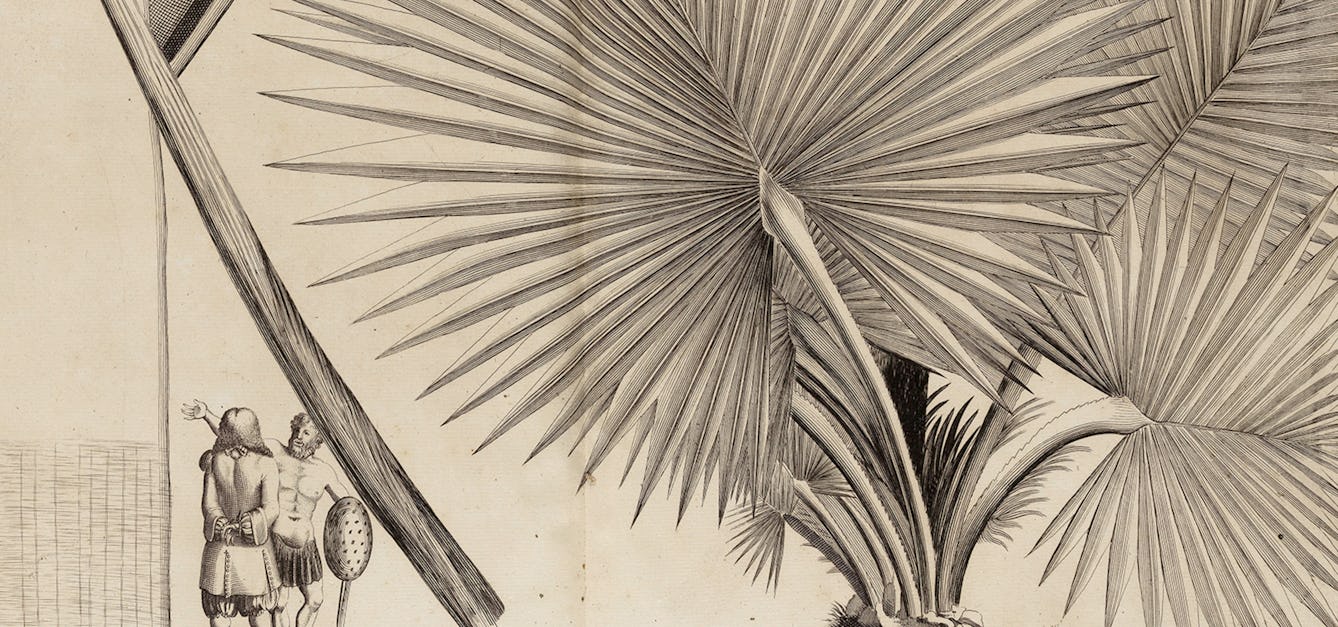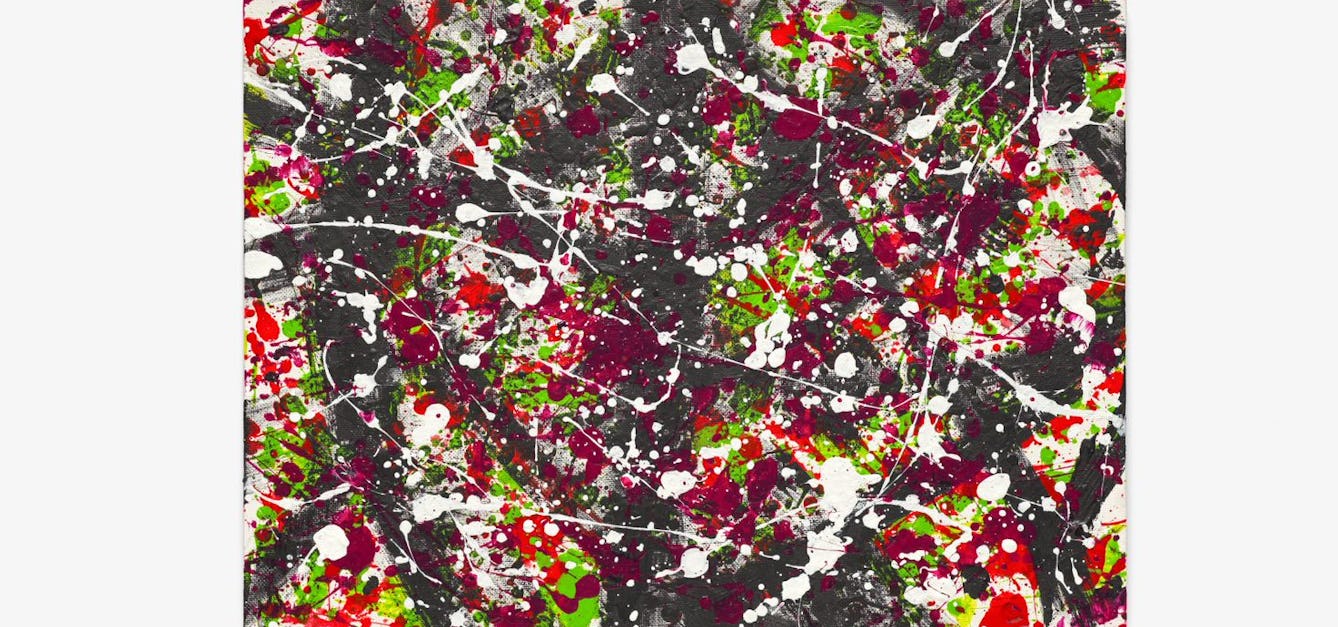Stories

- Article
The healing power of the physic garden
Having experienced the healing power of plants and gardens, Iona Glen goes in search of present-day “physic gardens” and their origins in history.

- Article
Aphasia and drawing elephants
When Thomas Parkinson investigated the history of “speech science”, he discovered an unexpected link between empire, elephants and aphasia.

- Article
Indian botanicals and heritage wars
Colonial botanical texts, as astonishingly beautiful as they are, may cast very dark shadows.

- Article
Writing back to authority
As she cuts up old doctors’ letters and uses them to compose absurd poems, Caroline Butterwick reflects on the catharsis of creation and proposes writing as a way to take back control.
Catalogue
- Books
Generations gardening together : sourcebook for intergenerational therapeutic horticulture / Jean M. Larson, Mary Hockenberry Meyer.
Larson, Jean M.Date: [2006]- Books
Your wellbeing garden : how to make your garden good for you - science, design, practice / Alastair Griffiths, Matthew Keightley.
Griffiths, AlastairDate: 2020- Books
Health spaces : hospital outdoor environment / edited by Francesca Giofrè and Zoran Đukanović.
Date: 2016- Books
Depressed girl seeks houseplant : a guide to low maintenance houseplants / by Laura Saunders.
Saunders, LauraDate: [2020]- Books
Critical Approaches to the History of Western Herbal Medicine : From Classical Antiquity to the Early Modern Period / edited by Susan Francia and Anne Stobart.
Date: 2014







![Trifolium rubens L. Leguminosae. [Note the Family Leguminosae is preferred over Family Fabaceae as the former allows all the legumes to be in one Family and not three - one Family being the current consensus among botanists]. Red Feather Clover. Distribution: Europe. The white clover, Trifolium repens, is listed as a treatment for arthritis by Linnaeus (1782). This and Trifolium pratense, Red Clover, are the ones most used for pastures. All the clovers have root nodules which fix nitrogen from the air into the soil so have an important role in ensuring soil fertility. Trifolium rubens has the same nitrogen fixing ability, and is used as an ornamental garden plant where it still acts to improve fertility. Photographed in the Medicinal Garden of the Royal College of Physicians, London.](https://iiif.wellcomecollection.org/image/B0009229/full/282%2C/0/default.jpg)

